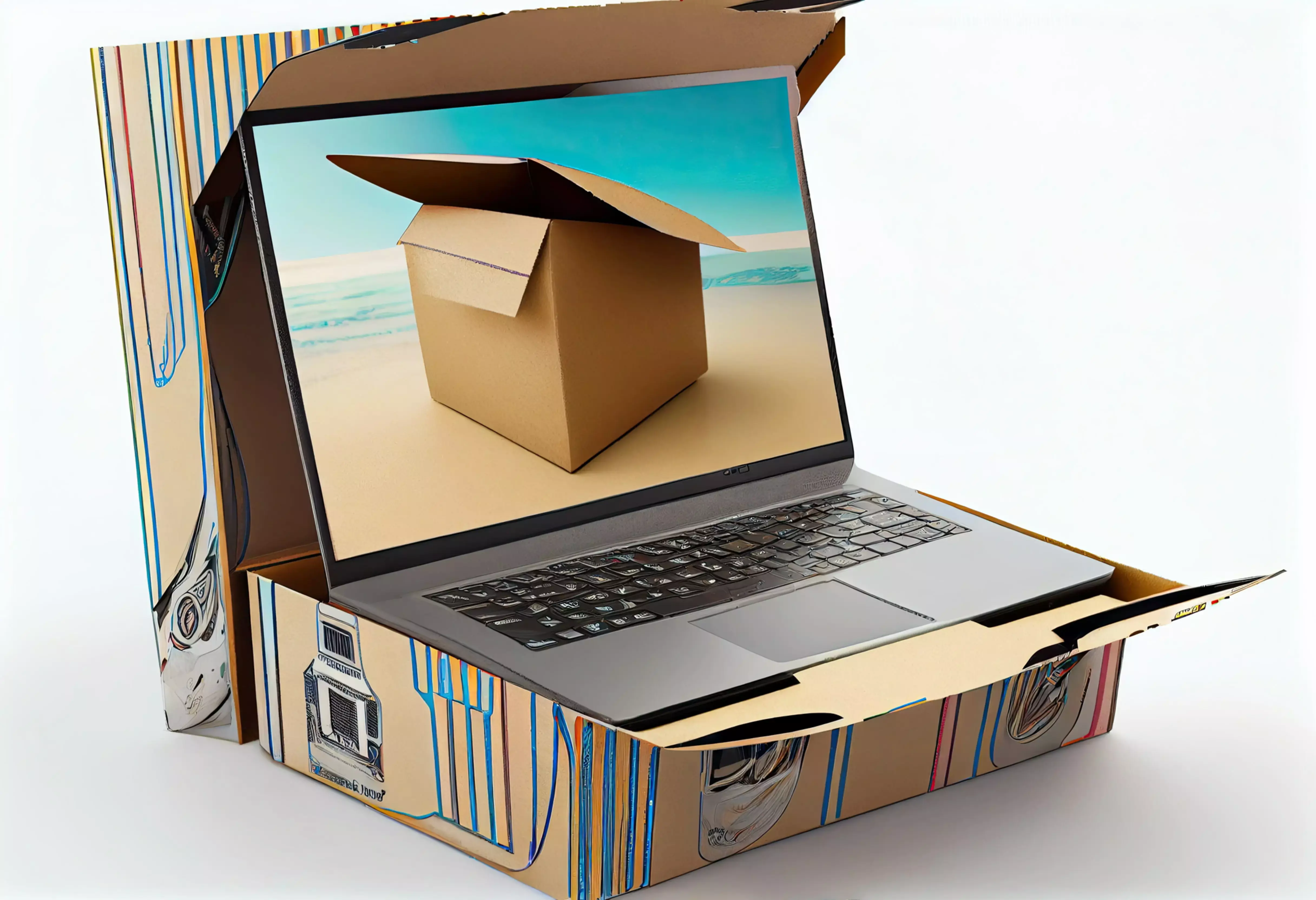Commercial printingsales will increaseby almost 50 per centby 2027 . To participate in this growth, printers should take advantage of new technological opportunities, automate and upgrade their printing speeds. Only those who invest skilfully will be equipped to meet ever higher customer demands.
Commercial printing will experience remarkable growth over the next five years. According to consultancy Smithers, the value of digital printing across Europe will rise from €27.6 billion in 2017 to €41.2 billion in 2027 - an increase of 14.2%. Digitally printed volumes will increase from 351 billion A4 prints to 582 billion A4 prints - growing by 66% over the same ten-year period. E-commerce and the growing advertising needs of businesses are driving revenue growth.
In order to get a slice of this lucrative pie, printing companies should question whether they are prepared for the growth market of e-commerce. Check to what extent you are already fulfilling the full potential of the following six points.
Quality

E-commerce will continue to grow. As customer loyalty via face-to-face advice from dedicated sales staff is becoming less and less important, product packaging is becoming more and more important. Creating a positive customer experience when the package arrives is therefore a particular concern for many online shops. To achieve this, they havetheirpackaging printed with branding, individual messages or different marketing campaigns. High-quality printed products are therefore essential for companies that want to make a good impression on their customers. By investing in production printing technology, companies can achieve new levels of quality that are not possible with older printing equipment.
Konica Minolta's award-winning AccurioJet KM-1e series inkjet sheetfed press, for example, enables highly productive inkjet printing for a wide range of requirements, which is why it is known as the Swiss Army Knife for its versatility. The opportunities for theAccurioJet KM-1e lie in the expansion of the packaging range, the production of high-quality packaging and the acquisition of additional markets, such as folding cartons for the packaging sector.
Speed
Increases in demand caused byholidays or promotional days such as Black Fridayoften create challenges for retailers due to the sudden increase in volume. Even more difficult is dealing with unexpected events such as heat waves or media events that trigger surges in demand. Those who have largely automated packaging printing manage to increase volume quickly without much effort - while maintaining consistent quality .Automating workflows minimises human error and speeds up production . It isworthwhilefor printers toinvest in workflow management systems that automate tasks such as job acceptance, data processing, print preparation and dispatch. This saves time, reduces manual effort, relieves employees of tedious routine tasks and increases efficiency.
Investing in production print technology ,in turn, givescompanies a competitive edge by enabling them to produce high-quality print quickly and efficiently. This is especially important in industries such as e-commerce ,where the speed and quality of print canmake all the difference in attracting new customers.
Prepress: Accurio Pro Flux Essential for greater efficiency
AccurioPro Flux Essential includes all the functions you need for efficient prepress. Automation of typical workflows and central control of all production machines will multiply the productivity of your pressroom.
Learn more
Standardisation of processes
Standardising print processes helps to achieve repeatable results and increase efficiency. By establishing consistent procedures and quality standards once, rather than a "we've always done it this way" approach, makeready timecan be reduced, error rates lowered and overall efficiency improved. Printers who invest, above all ,are on the winning side in terms of efficiency.
Continuous process improvement
Printers should continuously monitor, analyse and improve the production process. By regularly reviewing performance indicators such as turnaround times, reject rates and productivity, bottlenecks and inefficient areas can be identified and optimised. Implementing Lean or Six Sigma principles can help reduce waste and further increase efficiency. The goal is to produce virtually zero defects. This is because the Lean Six Sigma method places defectprevention above defect detection.
Investment in colour management systems
Colour accuracy and consistency are critical to high-quality print production. By using colour management systems, printers can ensure that colours are accurately reproduced in all jobs. This reduces the need for reprints and saves materials and time. The AccurioPro Color Manager , forexample is a wizard-based software that facilitates both the linearisation of your printing system to achieve the level of performance required by the printer, and the profiling to accurately reproduce the colour to be output.

Brand colour specification and customisation of colour standards.
Environmental friendliness
In recent years, the printing industry has increasingly switched to environmentally friendly practices and materials. Investments in environmentally friendly printing technologies, such as deinking and the use of recyclable materials ,helpprinters become more sustainable and meet increasing customer demands for environmental sustainability. Deinking is the process of removing ink from waste paper during recycling. Important process steps in deinking are the extraction of the ink pigments from the paper, the fragmentation of the ink into a defined size range and the removal from the pulp. Konica Minolta'sAccurioJet KM-1epress has passed tests by INGEDE, the international association of the deinking industry, for deinking uncoated paper printed with the system. The deinking technology allows the paper to be sent to the recycling process.
As a printer, you should be aware of the Supply Chain Sourcing Act: There you are held accountable as a supplier for your sustainability.
Conclusion
Production printing technology has advanced significantly in recent years, and investing in the latest equipment helps companies improve their printing processes, putpeople back at the heart of the process, produce more sustainably and increaseefficiency .The solution lies in the fine art of using data wisely to make business processes more efficient. This leads to faster turnaround times, lower costs, better recycling processes and better quality. Higher-speed presses, automated workflows and advanced control systems make management smilewhen they look at sales . At the same time, investments pay off in Human Centricity: Relieving employees of routine work unearths new creative potential.



